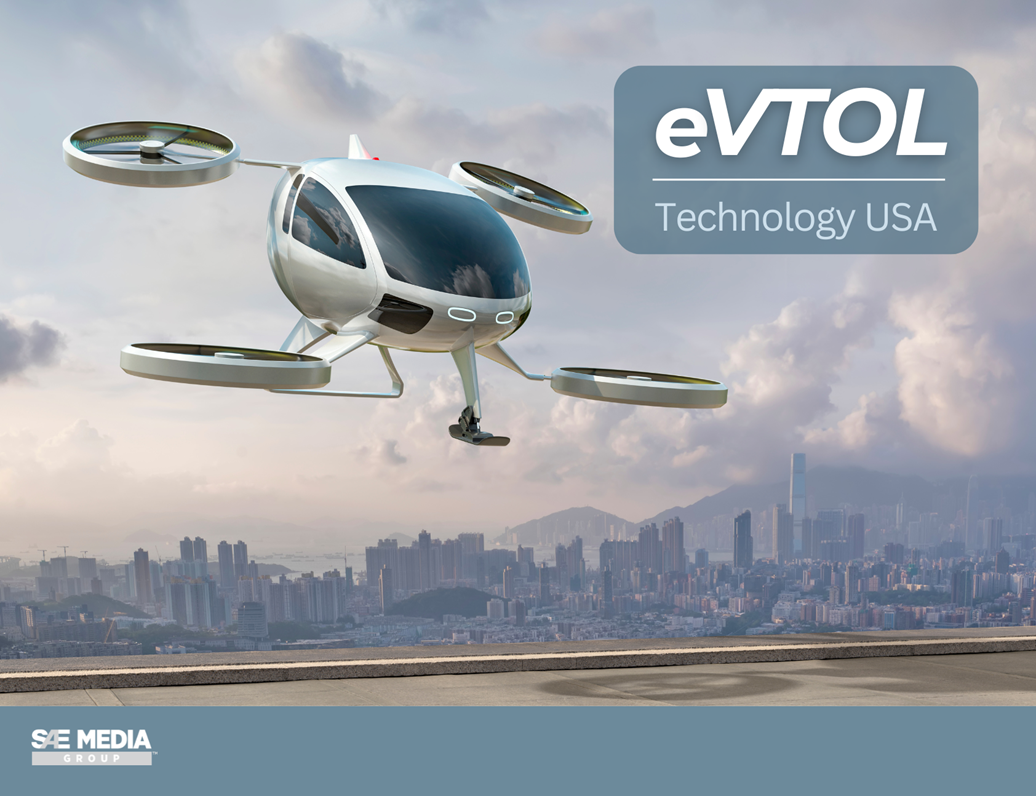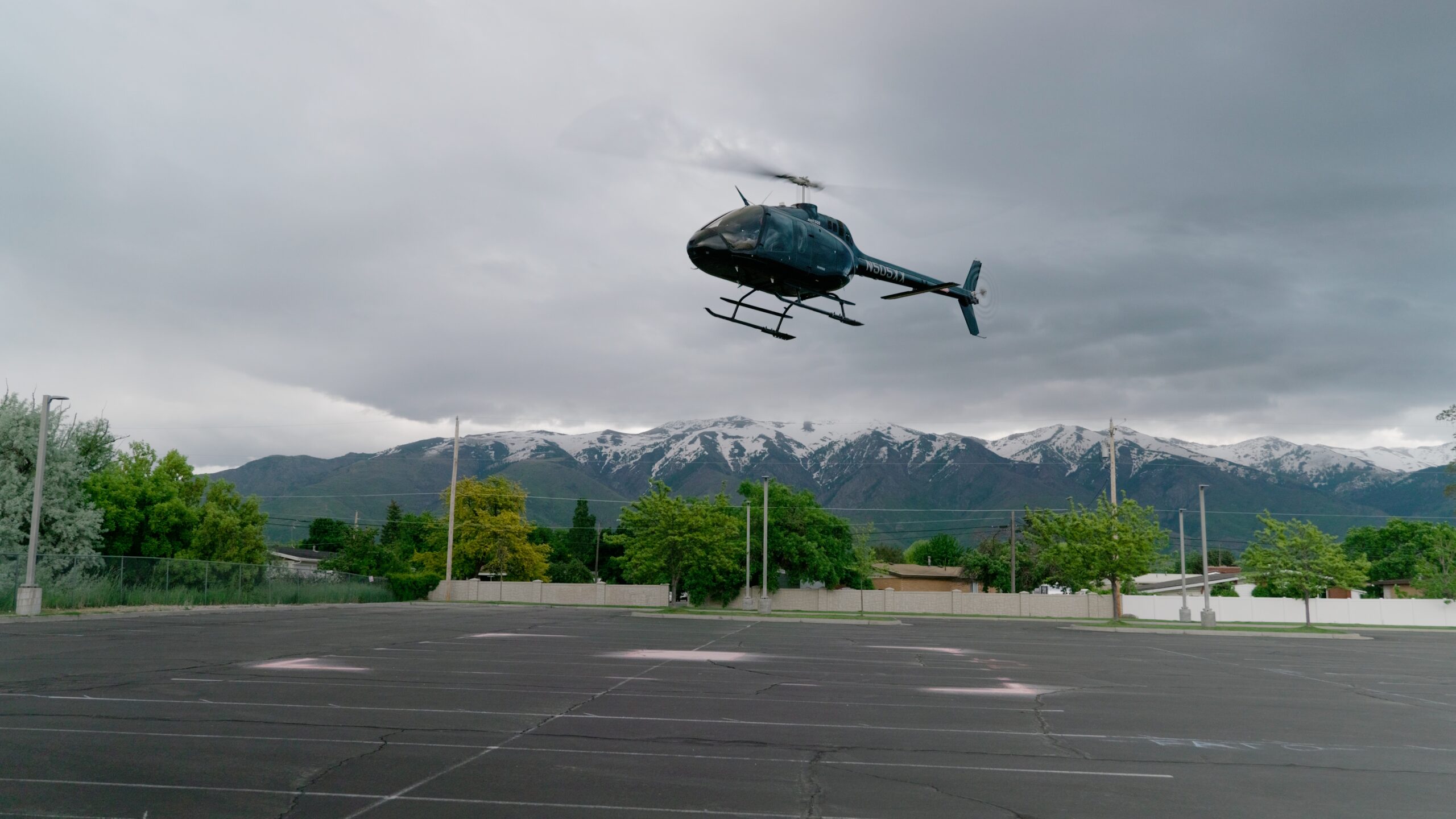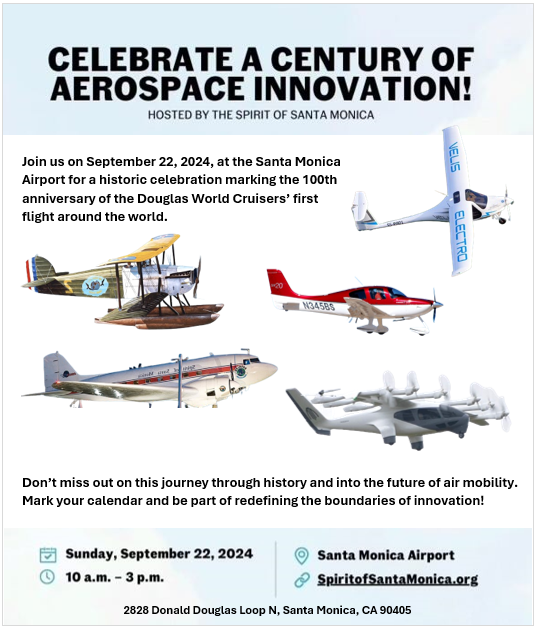
Marc Wortman (Rolling Stone, “Flying Taxis Are Coming in 2024. You Read That Right”) reports on a transformative experience in the burgeoning field of eVTOLs, highlighting the potential and challenges of this revolution in urban transportation.
It was an ordinary day when seasoned journalist Marc Wortman found himself on the precipice of what could be the next leap in urban transportation – piloting a simulated version of an electric vertical takeoff and landing (eVTOL) aircraft, more colloquially known as an air taxi or flying car. This experience was facilitated by Joby Aviation, a key player in the burgeoning field of eVTOLs, at their facility in Marina, California.
Emulating Flight, Envisioning Change
Wortman’s simulated flight in the eVTOL mirrored the capabilities that Joby Aviation and other companies in the industry are striving to achieve – the ability to lift off like a helicopter, but fly at speeds and distances akin to small airplanes. This hybrid mode of transportation, if realized, has the potential to revolutionize urban commuting, making air-based travel as commonplace as car use.
Industry Ambitions and Hurdles
The ambition is not restricted to Joby Aviation alone. Founder JoeBen Bevirt’s vision of making air taxis as accessible and affordable as an Uber ride is shared by over 200 companies developing air taxis worldwide. However, the industry faces significant challenges. Safety concerns, the high cost of aerial transportation, and the risk of air taxis becoming a luxury accessible only to the wealthy are hurdles that must be crossed. As of now, only a few of these aircraft have actually taken flight, and while some, like Archer Aviation, plan to launch services soon, public trust in their safety and affordability remains to be built.
Urban Air Mobility – A New Era or a High-profile Failure?
Wortman’s experience in the eVTOL simulator, envisioning short commutes from Monterey Bay to nearby cities, is a tantalizing glimpse into the potential lifestyle changes that could come if eVTOLs become mainstream. However, comparisons to failed aviation ventures like the Concorde hover ominously in the background. The question remains – will Urban Air Mobility (UAM) usher in a new era or will it crash land as another high-profile failure? The future of our cities hangs in the balance.
It was an ordinary day when seasoned journalist Marc Wortman found himself on the precipice of what could be the next leap in urban transportation – piloting a simulated version of an electric vertical takeoff and landing (eVTOL) aircraft, more colloquially known as an air taxi or flying car. This experience was facilitated by Joby Aviation, a key player in the burgeoning field of eVTOLs, at their facility in Marina, California.
Emulating Flight, Envisioning Change
Wortman’s simulated flight in the eVTOL mirrored the capabilities that Joby Aviation and other companies in the industry are striving to achieve – the ability to lift off like a helicopter, but fly at speeds and distances akin to small airplanes. This hybrid mode of transportation, if realized, has the potential to revolutionize urban commuting, making air-based travel as commonplace as car use.
Industry Ambitions and Hurdles
The ambition is not restricted to Joby Aviation alone. Founder JoeBen Bevirt’s vision of making air taxis as accessible and affordable as an Uber ride is shared by over 200 companies developing air taxis worldwide. However, the industry faces significant challenges. Safety concerns, the high cost of aerial transportation, and the risk of air taxis becoming a luxury accessible only to the wealthy are hurdles that must be crossed. As of now, only a few of these aircraft have actually taken flight, and while some, like Archer Aviation, plan to launch services soon, public trust in their safety and affordability remains to be built.
Urban Air Mobility – A New Era or a High-profile Failure?
Wortman’s experience in the eVTOL simulator, envisioning short commutes from Monterey Bay to nearby cities, is a tantalizing glimpse into the potential lifestyle changes that could come if eVTOLs become mainstream. However, comparisons to failed aviation ventures like the Concorde hover ominously in the background. The question remains – will Urban Air Mobility (UAM) usher in a new era or will it crash land as another high-profile failure? The future of our cities hangs in the balance.












